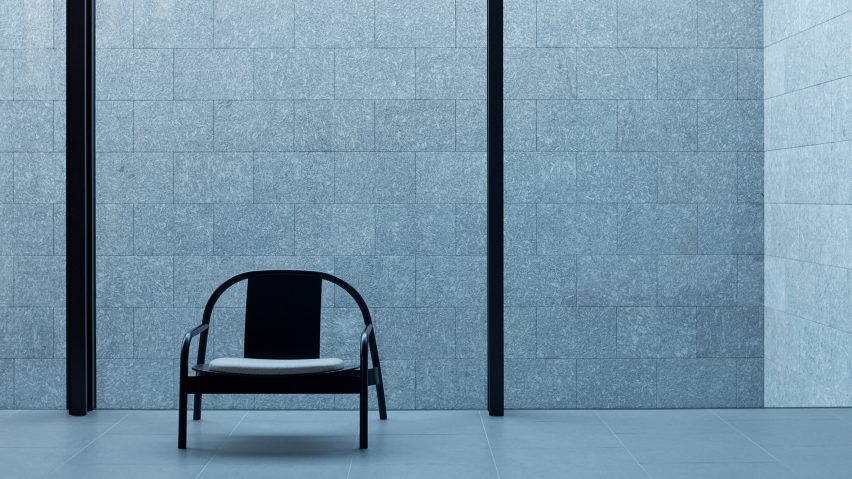
Japanese designers say they have to work abroad to be respected at home
Designers in Japan can only get the plaudits they deserve in their home country by first seeking success abroad, according to participants at design festival Designart Tokyo.
Furniture designer Hitoshi Makino is among those that believe Japanese designers must work elsewhere before they can win respect at home.
"If somebody gets success outside Japan, [people] respect that person. If someone only works in Japan, nobody respects them, which is really sad," he said. "So many creators have to go away to show their work outside Japan."
Makino worked for Piero Lissoni in Milan for 10 years, before returning to set up his studio in Tokyo. He says the culture is very different in Italy, where designers don't have to fight for recognition from brands.
Designers have to maintain a profile abroad
The designer told Dezeen that he plans to continue collaborating on projects overseas and working with designers outside Japan, partly because he understands that he has to in order to maintain his profile.
"I went to Milan and saw how real designers work. I understood that designers should be like this, and could do that," he explained. "If Japanese furniture makers would change to respect designers, it would be great."
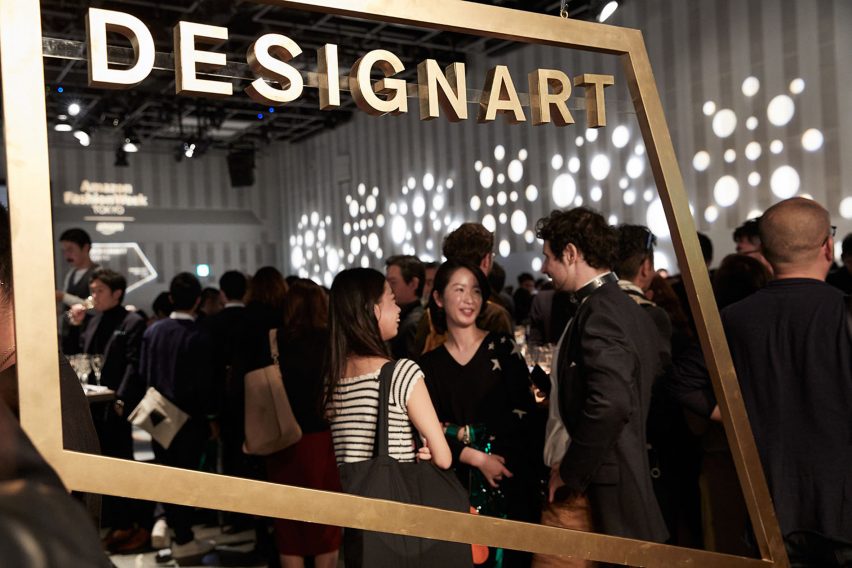
Makino was among participants at this year's Designart Tokyo, which took place from 19 to 28 October in shops, showrooms and event spaces across the west of the city.
The event aims to encourage young Japanese designers to show their work in Tokyo rather than in Milan. But the founders are the first to admit that, in their second year, they have not yet achieved this goal.
"There's still a little bit of this mentality that the grass is greener over there, but there's so much talent here," said Astrid Klein, one of the founders. "It's a different kind of talent – it's much more ambiguous and sensitive, ephemeral, a little bit hard to grasp."
Support for local designers is lacking in Tokyo
Designart Tokyo is spearheaded by Klein and partner Mark Dytham, who are founders of architecture studio Klein Dytham, along with Akio Aoki, who is founder of Tokyo-based studio Miru Design, Shun Kawakami of Artless, Hiroshi Koike of design platform Non-Grid and Okisato Nagata of design lab EXS.
They set it up to replace the cancelled Tokyo Designers Week. The ambition was to revitalise Tokyo's creative scene, putting the city on the map as a destination for design.
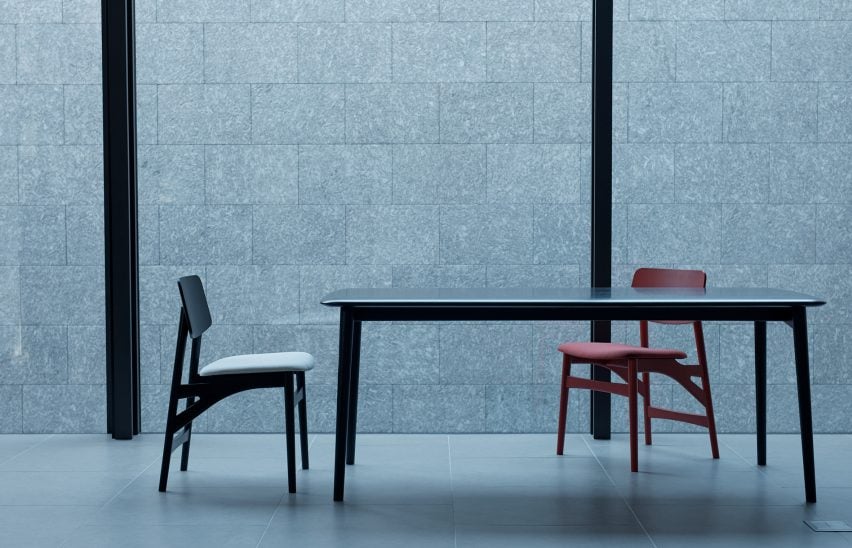
Klein told Dezeen her hope is that, by supporting up-and-coming local designers, they can create a thriving design industry that everyone is proud of. But support for this aim is lacking, she claims.
"If they're famous abroad then we better support them, is what people tend to say. But you've got to grow your talent," she explained.
"Most Japanese people don't care" about furniture
Product designer Ryuichi Kozeki, who was showing his Oculus lights in the basement gallery space of the Francfranc store in Omotesando, finds it difficult to describe the design scene in Tokyo. But he says one thing is clear: there isn't enough of a market for high-end design, and that's a problem.
He points to the fact that Japanese people live in small homes, where they don't tend to entertain, choosing instead to socialise with friends and colleagues in restaurants and bars. For this reason, there's not a huge market for furniture designers' work in the domestic market.
"The design market is very small, and the design scene is very casual," said Kozeki. "There's a very small market for design-conscious products and specialist luxury items. There's nowhere to show off the things that I've made."
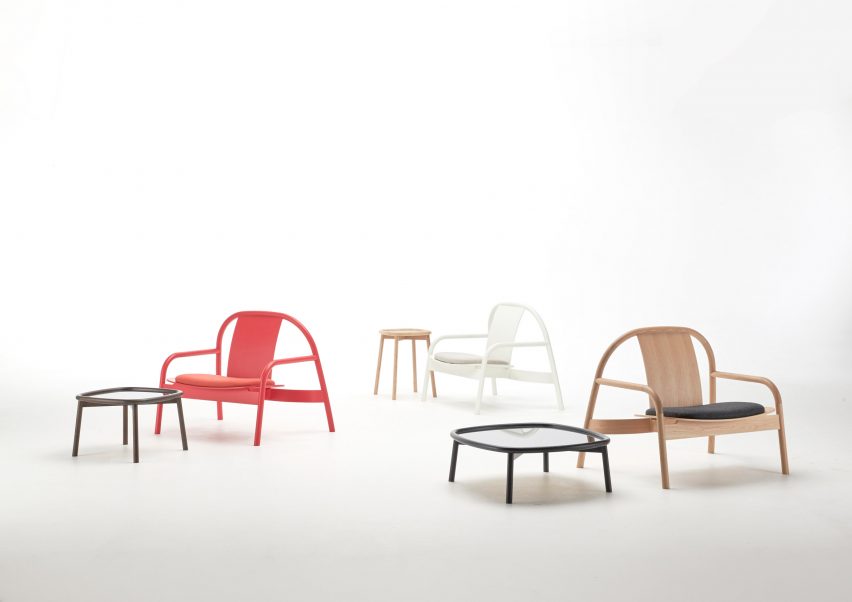
Hokuto Ando is one half of We+, a design studio founded in Harajuku in west Tokyo in 2013, but studied at Central Saint Martins in London.
The studio's contribution to Designart was an installation of metal mesh sheets overlaid with small mirrors, which moved in the breeze outside the 21_21 Design Sight gallery in Roppongi Hills, designed by Tadao Ando.
Ando said that buying expensive furniture is "not the Japanese way". "I need to change people's minds, for example by doing these sorts of exhibitions," he said.
"Of course there are interiors using lovely wood, and tatami and all the traditional things, but still when it comes to furniture, most Japanese people don't care," he told Dezeen.
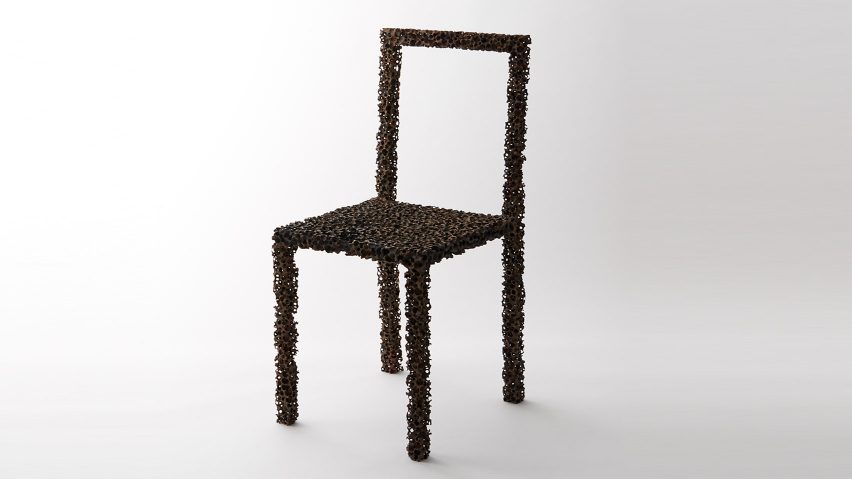
The international market is hugely important to We+, which are represented by Gallery S Bensimon in Paris and Spazio Rossana Orlandi in Milan. Ando believes that young designers should go abroad to gauge the design scene in Europe and around the world. He himself collects Knoll and Fritz Hansen as a hobby.
"It's possible to live and work only in Japan, but as a designer we have to live and work in other countries, to exchange ideas and exchange concepts. I think that's really important. We need to be global I think," said Ando.
Japanese furniture brands should nurture young talent
Kozeki, who showed a chair he designed with Japanese firm Nittax in Milan this year, agrees that the Japanese audience isn't curious about design, while Makino suggests that Japanese furniture companies don't tend to take a chance on young designers as it can be an expensive gamble to nurture their careers.
"In my opinion, Japanese people don't want to have the responsibility of finding young designers and paying them, and nurturing them. Many Italian makers work that way. In Italy, many big brands find a new designer and grow with them, which carries a risk," said Makino.
"It's hard to find someone great, but the company heads have the responsibility to find them. In Japan they don't do it, because they don't want to get it wrong," he added.
He worries that the design scene is dominated by big companies, that are necessarily concerned with making money: "The presidents of these companies don't think about this creative culture."

After the global economic shock of 2008, fewer young Japanese students looked to study abroad, which has had a knock-on effect on those coming-of-age in the design industry, as reported by global news outlets such as Forbes and the New York Times.
Klein, who has lived in Tokyo for 30 years, agrees that there has been a sharp drop since the 1990s, when most people studied abroad. She attributes this to economic circumstances.
Designart encourages investment in Japanese design
Despite the challenges, Designart is committed to promoting the Tokyo design scene. One of the ways it is trying to do this is by partnering with shops as venues for events and exhibitions, to get a new audience for the work.
Unlike most design weeks, almost all the items on show are for sale, with buying encouraged through an instalment purchase system, similar to a loan that you might use to buy a house or a car.
Since 2015, Japanese shoppers have been able to declare one work of art under one million yen (£6,800) as a depreciable asset and avoid paying tax at the till, and high-end furniture is also included in this bracket.
"The aim is to shift the focus and tell Joe Average that they can have nice things, which encourages younger designers and artists," said Klein.
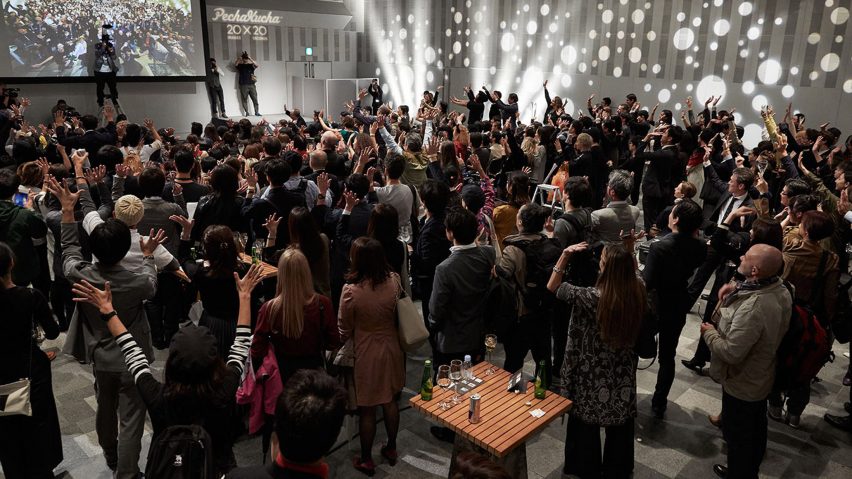
As the design week grows year on year, it is hoped that prominent designers will at last choose to premiere their work in Tokyo, and this will have a knock-on effect on the confidence of a design scene where a lack of talent is certainly not the problem.
That it will succeed in encouraging Japanese consumers to spend their money on a large dining table and chairs designed and made in Tokyo might be too much to hope for.